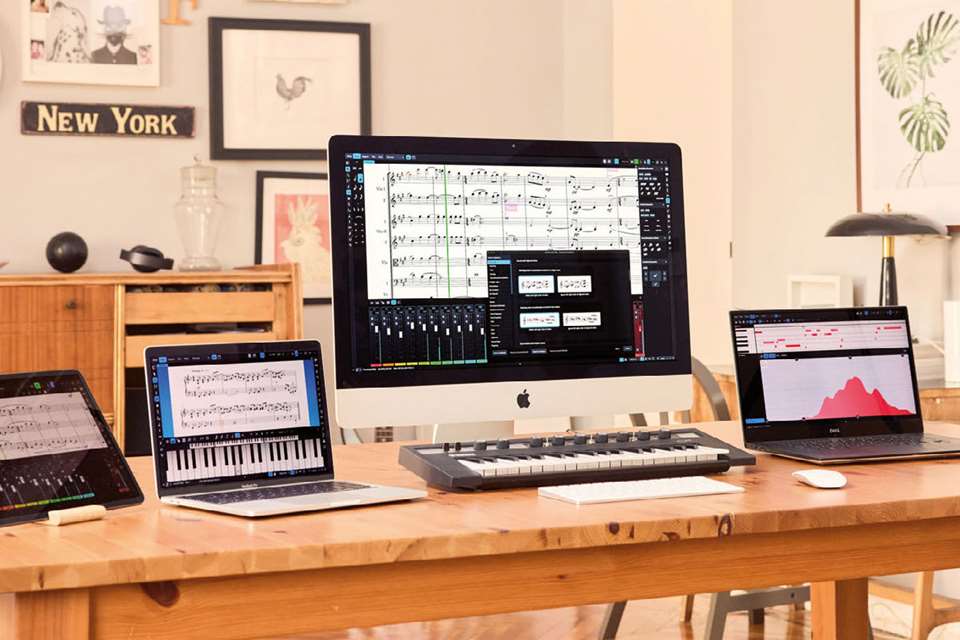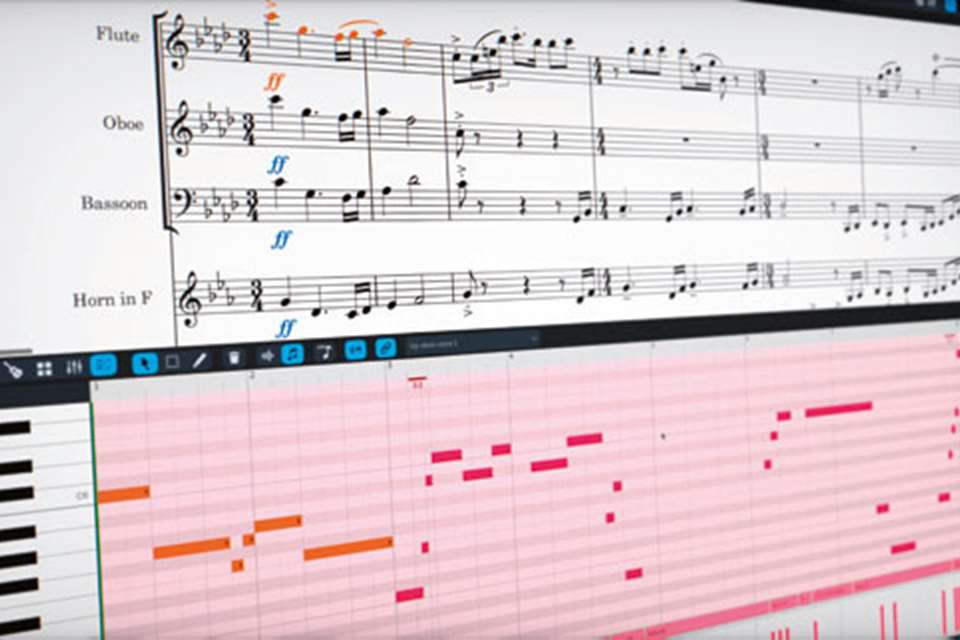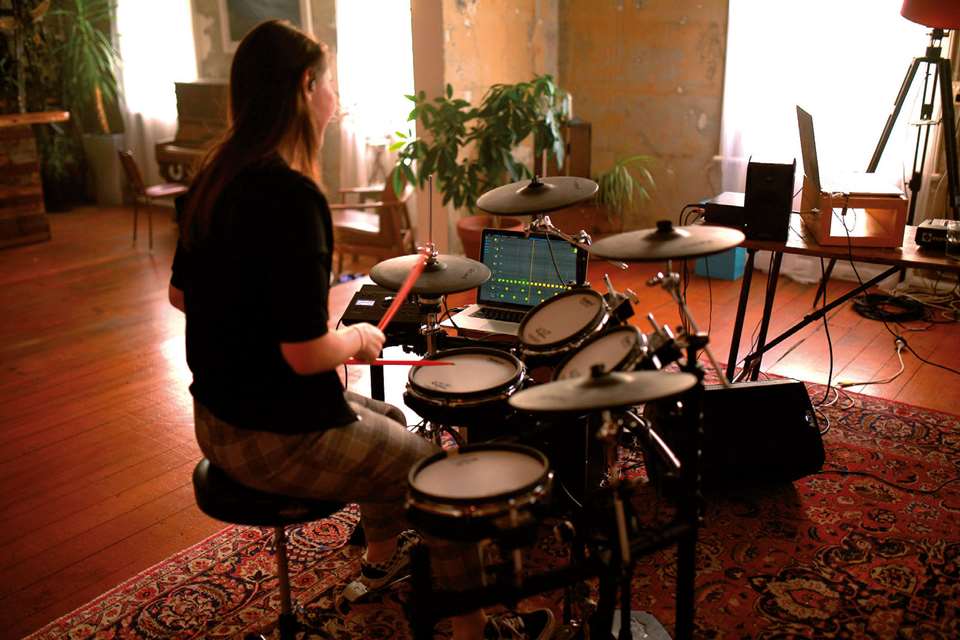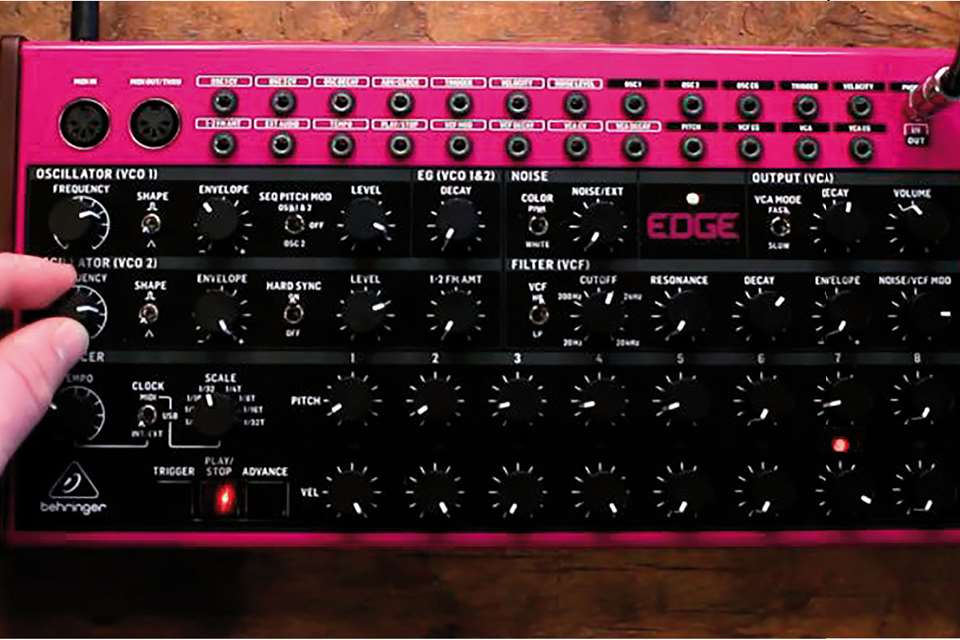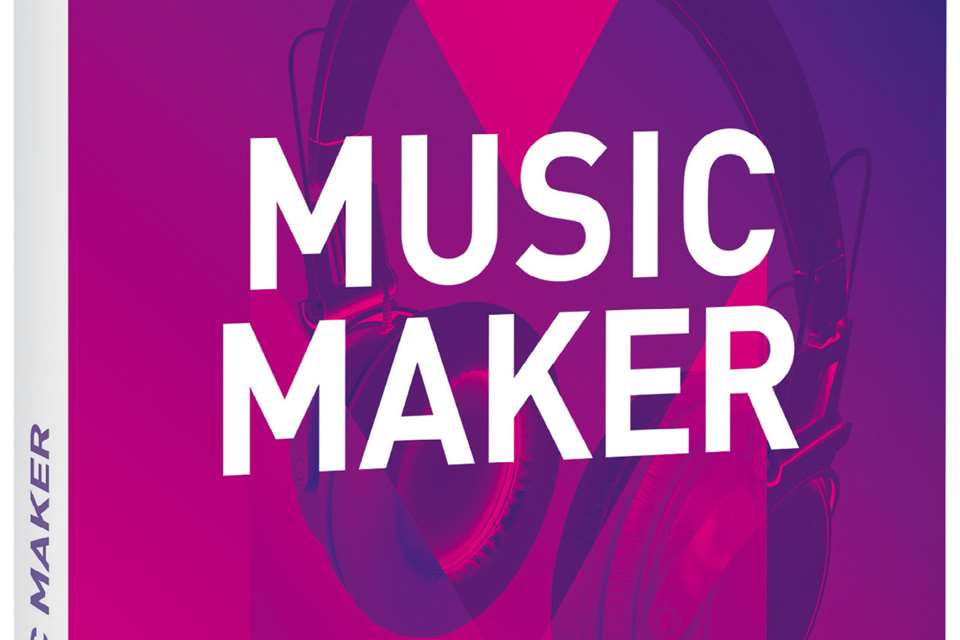Tech Reviews: Cubasis 3.4
Dale Wills
Wednesday, June 1, 2022
Dale Wills reviews Cubasis 3.4 - the latest update of the cross-platform Cubasis offering from Steinberg.
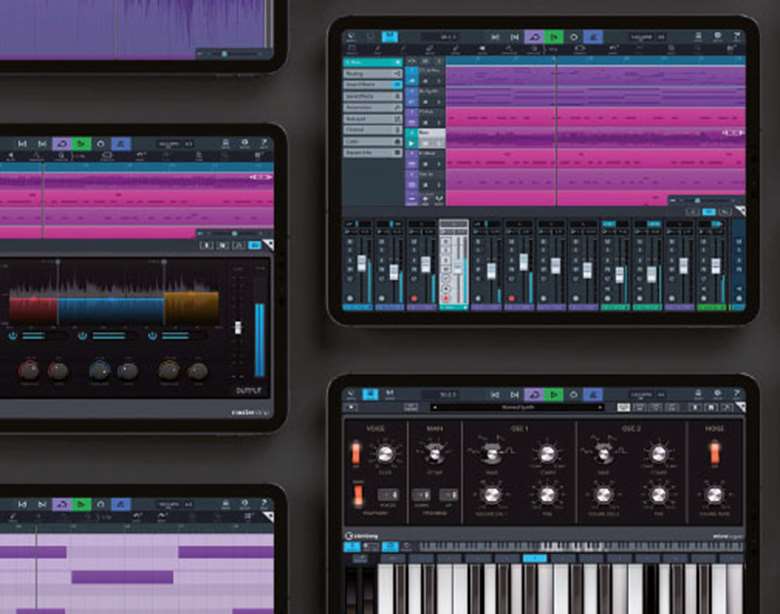
Courtesy Steinberg
If Benjamin Franklin were writing today, he'd be forgiven for saying that the only certainties in life are death, taxes, and travel. The reality of producing music for most of us involves grabbing any spare moment; on trains, waiting rooms or even backstage. The reality for most of my students is the same; carving out time to be creative in an increasingly time pressured world is a persistent challenge.
At the same time, the devices that travel with us – tablets, phones, and laptops – have grown exponentially in terms of processing power and potential. Recording a musical idea even as a voice note was a dream a few years ago. Now, I can happily sequence a whole commercial length track on my commute.
This is the world of Cubasis 3.4, the latest update of the cross-platform offering from Steinberg. Cubasis started life as the freemium entry-level version of mega-DAW Cubase, a firmly established favourite of EDM and film studios, especially in North America. The package was rewritten and repurposed last year, building in mobile and tablet functionality and redesigning the workflow to suit the swiping versus typing approach.
For performers and students
Cubasis 3.4 represents more than just a refresh and bug fix of an already powerful platform – Steinberg builds great customer relationships. The latest update has been released in response to feedback from users worldwide, integrating over 75 of our workflow and functionality suggestions into an app which still feels familiar and straightforward to use. This feels like a production platform built by producers.
The most exciting feature to the producer community is Ableton Link on both iOS and Android. This allows producers to connect multiple devices, both iOS and Android in the same setup, outboard hardware, and even desktop iterations all synced together and triggered from one single point. Ableton has long been the software of choice for the DJ and producer communities due to its unique ‘live’ workflow, which allows a performer to manipulate a project in real time, as well as sync external devices like sample pads and decks.
Professional quality
Many years ago, I was fortunate to see trip-hop legends Massive Attack play live at a festival. What was seared into my memory that day was not only the intensity of their downbeat sample-driven soundscape, but the technical wizardry with which they mixed elements of live performance, featuring a whole range of samplers and sequencers and a team of turntablists mixing in ‘live’ samples. This was a level of electronic music making equal to the intricacies of a chamber music ensemble on the stage of the Wigmore Hall, with the same level of skill and technical finesse.
For artists trying to achieve the same level of ‘live’ music making, but without scouring the internet for turntables and vintage TR-808s, the ability to sync and control multiple devices is indispensable. For the advanced mobile producer, this functionality allows the user to link Cubasis directly with Ableton Live; building sets or adding musical layers on the way to a show. For the classroom practitioner, this feature could allow you to build a whole-class electronic orchestra, assigning tracks and layers to groups and individuals, and then seamlessly putting the results together as a final project at the touch of a button.
The link operates effortlessly through any wireless network and allows syncing a range of devices. One of the big bonuses of the Cubase family has been their compatibility with Windows platforms. For those of us without the resources to replace a whole PC lab with Apple devices, this is a refreshing lifeline. I was also excited that it supports Chrome, allowing for any device to turn up, plug and play.
A smart system
I have to confess that I'm a newcomer to the world of mobile production. Having previously experimented with a range of apps and solutions over the horrors of remote teaching, none of them have ever permeated my workflow. The process of putting down an idea on a mobile app is often a bit clunky to say the least – either drawing MIDI into a piano roll designed for a much larger screen or trying to squash my fingers across a phonesized piano keyboard ended in frustration rather than creation.
Cubasis has a much more intelligent entry and editing workflow. The Chord Suggest feature, imported from the desktop version of Cubase, is an intelligent and intuitive way of adding harmony to a track. The algorithm supports a range of piano, guitar and organ voicings, with support for even the wildly extended jazz harmony which I like to incorporate. I particularly liked the Chord Pads feature, which enables the producer to build up a harmonic palette, and input information in real time. For the first time, I felt like I was producing real music on a train!
Magical elements
If you are working with external MIDI controllers, the MIDI learn function is an amazing timesaver. Rather than having to laboriously program MIDI controllers, Cubasis supports a click and twist approach whereby the app effortlessly maps a movement to a command, whether using a pot to write in an EQ curve, triggering input from a sample pad or even using a theremin to control third party plugins. As a side note, if you've not tried using a theremin as a MIDI controller, please take my recommendation and try it. The ability to write information on a screen just by swiping your hand through thin air is the closest I think I will ever come to sorcery.
The next magical feature added to the MIDI workflow is the ability to time stretch an individual MIDI region with two clicks. While this has long been a feature of the desktop version of Cubase (and most DAWs), I've never seen this feature realised so intuitively or smoothly. Hand in hand with this, and a significant part of my workflow, is the ability to duplicate tracks or regions. The latest update makes this as smooth and as quick as working on a desktop.
Additional features
The next big revelation of this powerful little app was its ability to capture and process audio with a resolution of up to 24bit/96kHz – more than CD quality. I will confess that the likelihood of me wanting to capture studio quality audio on my commute is quite low, but the ability to time stretch and pitch shift audio to that level is central to my process. Incorporating zPlane's élastique 3 – the engine which drives the audio manipulation in the desktop version, is brave. I once looked up the maths which underpins this piece of studio magic, and still can't pretend to understand it. I am, however, happy to report that this CPU busting feature functioned flawlessly on my phone. This opens a whole range of EDM-style production techniques, audio editing and mixing possibilities.
Particularly popular with my students are the automatable DJ-like Spin FX effect plug-in, the mind-blowingly powerful Micrologue virtual synth (with 126 presets), and the Mini-sampler, which will capture and pitch map a surprisingly large range of sounds and allow producers to build their own instruments in seconds.
Put to the test
I was particularly excited by the collaborative approach which the introduction of the Ableton Link and extended MIDI routing offered, and was keen to try this out in practice. For our test session, we arranged a collection of assorted tools; three iPhones, three Android phones, an iPad, a Google Chromebook, an Akai MPC live, Rekordbox 6.0 and a Pioneer DDJ 200 controller. The idea was to see if a group of twelve musicians could create a live jam session utilising Cubasis as our controller.
The setup was absolutely effortless. Apart from routing as much of the audio output as we could manage through a mixer to avoid the eternal problem of speakers not designed for music playback, connecting the devices was a two-click job. Building a track was also fairly straightforward, with each producer/performer adding a layer on to the existing sound design – harmony, melody, countermelody and rhythm – as they felt the track needed. This was a great way to contribute and share ideas in real time, to try out new material, and to get that magical synergy which only comes from working with other musicians.
As a tool for a live performance, it quickly became clear to us that building any sort of large-scale structure in the music would require a greater degree of practice! But it left all of us with new ideas, and new musical material to work with. It also allowed a range of musicians with different technical skills, stylistic backgrounds, and workflow approaches to collaborate in a way that I have not experienced before. This was particularly valuable. I can imagine this being a powerful tool for differentiation and inclusion at Level 2 and 3, and even my Level 5 students got more out of the experience than any of them had previously imagined.
Problem areas
My first issue with the workflow (and I almost hesitate to mention this, knowing that Steinberg are likely to fix it before I finish typing) is that there is yet to be any easy or obvious way to incorporate all of these different elements into one final project. It was easy enough for the leader of our electronic ensemble to start, stop, and direct the synchronised material, but if we had a particularly good result with the combination of different material, exporting those sections and ‘fixing’ them on one platform required a degree of forward planning and file sharing.
For a teacher running this approach as a classroom activity, it's worth being aware of the transitory nature of these sessions. Saving a class project for posterity, or even for future revisions, will require a certain time input. While this may be more of an issue with me moving from a desktop to a mobile production approach, it seems like the next logical step in the app's evolution.
Strong mobile music tool
The State Save feature allows the user to reopen the projects in exactly the same state as where you left off. Cubasis will preserve zoom levels, mixer channel width and user setup choices, as well as musical settings and material. This means that you can continue right where you left off after taking a break from a project – an invaluable feature for the producer on the go.
The desktop version of Cubase (as with all DAWs) is a powerful musical tool, with more features than any one user will ever call on. I am heartened to see the same level of functionality applied to the mobile version. This represents an exciting step forward, not only in the demands of mobile music producers, but in the ability of software designers to understand and meet the needs of musicians. For the first time using a mobile production tool, I found the interface to be reliable and intuitive in a way that didn't have me regularly reaching for the instructions.
Cubasis 3.4 represents the most powerful mobile music tool which has been downloaded on my phone to date, and one that is going to stay at my fingertips for a long time to come. The temptation to keep adding third party plug-ins and demand more from my workflow is likely to make this tool a part of my musical journey and save me both time and effort in the way I work. For the digital native generation, this might even take over from the desktop workflow as the main way they put down, develop and manipulate musical material. Anything that helps my students make music, with all their time pressures and other commitments, is a work of magic in my book.
www.steinberg.net/cubasis/update
Find a helpful glossary of terms used in our music tech reviews here.


